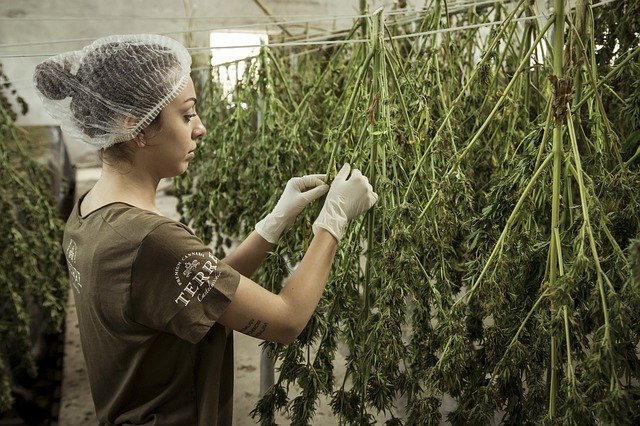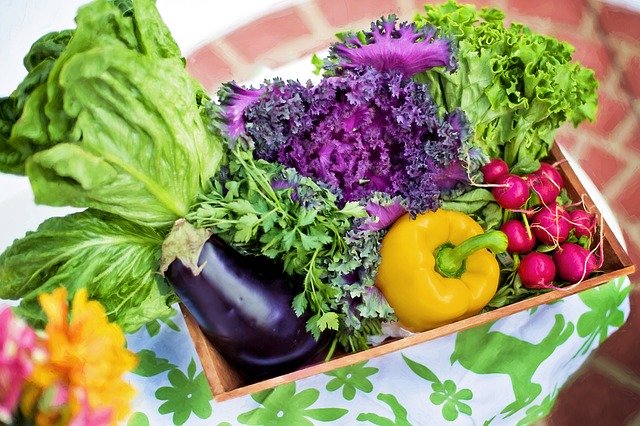
by britta | sustainability
How green are the clothes you are wearing? It can be challenging to discern this information, even from product labels. Yet a growing variety of environmentally friendly textiles are available for the choosy shopper. As a general rule, you can read the labels to find...

by britta | sustainability
Did you know that a gas-powered lawnmower emits 88 pounds of CO2 annually? The other gas-powered two-stroke engines used in yard tools such as blowers and trimmers contribute more CO2. Gas-powered lawn and garden tools contributed between 24 percent and 45 percent of...
by britta | sustainability
Lately, it seems like every year is a bad year for wildfires. If you live in an area prone to wildfires — most of the American West — you naturally want to minimize that risk. And there are natural ways to do so. A wildfire-resistant landscape won’t necessarily...

by International Associations | sustainability
From Black Friday to Super Saturday, advertisers bombard us with messages to buy a seemingly endless stream of items for the holidays — particularly gifts. And while buying less stuff helps curb your consumer carbon footprint, it’s easy to give in to the pressures of...

by britta | sustainability
From the Victory Gardens of World War II to the back-to-the-land-movement of the ‘60s to the present day, a home vegetable garden has symbolized healthful and sustainable living. But gardeners are not guaranteed cheaper, more environmentally friendly vegetables. There...

by britta | sustainability
Eating your vegetables is one of the best things you can do for your body and for the environment. Our diets account for 14% of household carbon emissions, and meat is responsible for more than half of the average American’s foodprint – so any meal that emphasizes...












